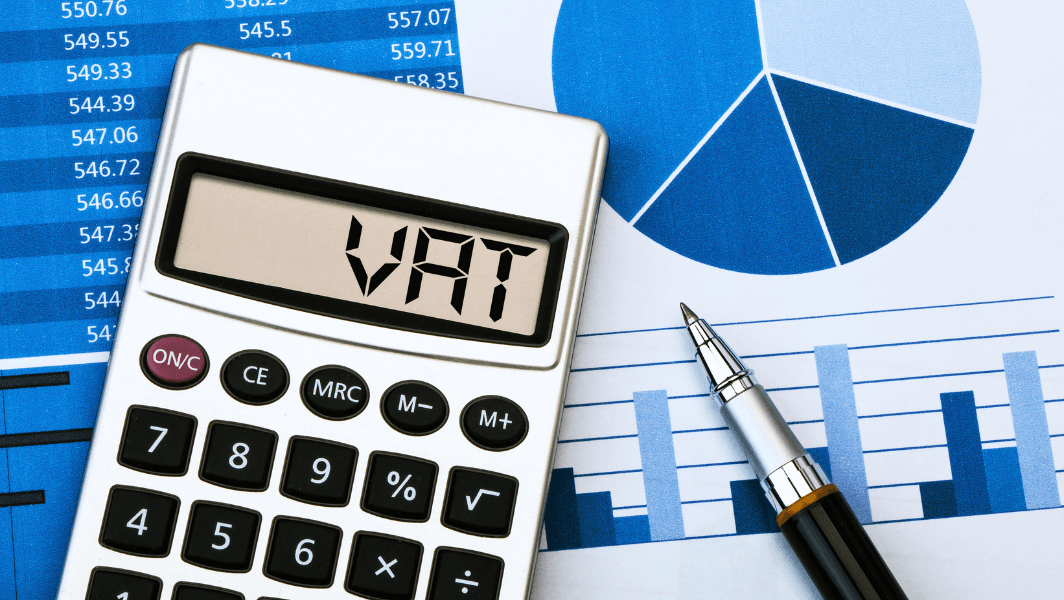
Navigating Tariffs vs. VAT: A Comprehensive Legal and Economic Analysis
Understanding the Key Differences, Legal Frameworks, and Global Economic Impacts Shaping International Trade and Domestic Commerce
In international trade and domestic commerce, two critical financial mechanisms often come into play: tariffs and value-added tax (VAT). While both influence the cost of goods and services, they serve different legal and economic purposes. Understanding the distinctions between these two concepts is essential for businesses, legal professionals, policymakers, and consumers alike. This article provides an in-depth legal analysis of tariffs and VAT, examining their definitions, legal frameworks, and implications for global trade.
What Are Tariffs?
Definition:
A tariff is a government-imposed tax on imported (and sometimes exported) goods. The primary objective of a tariff is to regulate international trade by increasing the cost of foreign goods, thereby encouraging domestic consumption of locally produced products. Tariffs are typically calculated as a percentage of the item's total value or on a per-unit basis.
Types of Tariffs:
- Ad Valorem Tariff: A percentage of the item's total value (e.g., 10% of the product price).
- Specific Tariff: A fixed fee imposed per unit of the imported good (e.g., $5 per ton of steel).
- Compound Tariff: A combination of ad valorem and specific tariffs.
Legal Basis and Regulatory Framework:
Tariffs are governed by national customs laws and international trade agreements, such as the World Trade Organization (WTO) agreements, which aim to ensure fair trade practices between nations. Countries may also engage in bilateral or multilateral trade agreements (e.g., USMCA, EU Free Trade Agreements) that set specific tariff conditions.
Purpose of Tariffs:
- Protect Domestic Industries: By making imported goods more expensive, tariffs encourage consumers to buy domestically produced alternatives.
- Revenue Generation: Tariffs contribute to government income, particularly in countries reliant on trade.
- Political Leverage: Tariffs can be used as a diplomatic tool to influence international trade policies and relationships.
Legal Implications:
For businesses engaged in international trade, compliance with tariff regulations is mandatory. Violations can lead to severe penalties, including fines, seizure of goods, and revocation of trade licenses. Legal professionals often advise companies on customs classifications, valuation methods, and compliance with international trade laws to minimize exposure to tariff-related liabilities.
What Is Value-Added Tax (VAT)?
Definition:
Value-Added Tax (VAT) is a consumption tax levied on the value added to goods and services at each stage of production or distribution. Unlike tariffs, which apply primarily to imports, VAT is a domestic tax applied to goods and services consumed within a country.
How VAT Works:
VAT is charged incrementally at every stage of the supply chain, from production to sale. Each business in the chain charges VAT on their sales (output tax) and can deduct VAT paid on their purchases (input tax). The end consumer ultimately bears the full cost of VAT since businesses recover the tax they pay through deductions.
Example:
- Manufacturer sells a product to a retailer for $100 and charges 10% VAT ($10).
- Retailer sells the product to a consumer for $200 and charges 10% VAT ($20).
- Retailer remits $10 to the government (the difference between VAT collected and VAT paid).
Legal Framework:
In most countries, VAT is governed by national tax laws and, in some cases, regional regulations (e.g., the European Union VAT Directive). Businesses must register for VAT, collect the appropriate tax from consumers, file returns, and remit the collected tax to government authorities.
Purpose of VAT:
- Revenue Generation: VAT is a significant source of government revenue in many countries.
- Encouraging Compliance: Since businesses can reclaim VAT on inputs, it incentivizes accurate reporting and record-keeping.
- Neutrality: VAT is considered economically neutral since it taxes consumption rather than income or production.
Legal Implications:
Failure to comply with VAT regulations can result in audits, financial penalties, and even criminal prosecution. Companies are legally obligated to maintain transparent financial records and ensure accurate VAT reporting. Cross-border transactions can also create complex VAT obligations, requiring specialized legal and financial advice.
Key Differences Between Tariffs and VAT
|
Feature |
Tariff |
VAT |
|
Purpose |
Regulate international trade |
Raise government revenue from consumption |
|
Scope |
Applied to imports (and exports) |
Applied to all goods and services sold domestically |
|
Impact |
Increases cost of imported goods |
Paid by end consumers on consumption |
|
Legal Basis |
International trade laws, customs regulations |
National tax laws, regional directives |
|
Collection |
Customs authorities |
Tax authorities at various stages of production |
Global Impact of Tariffs and VAT
Economic Impact of Tariffs:
Tariffs can lead to trade wars, increase consumer prices, and disrupt global supply chains. For instance, recent US-China trade tensions saw both countries imposing reciprocal tariffs, affecting global markets and leading to increased costs for businesses and consumers.
Economic Impact of VAT:
VAT systems are widely regarded as efficient and equitable, as they ensure that tax is collected at every stage of production without distorting business decisions. However, high VAT rates can disproportionately affect lower-income consumers, leading to calls for exemptions or reduced rates on essential goods and services.
Conclusion: Navigating Tariffs and VAT in Global Commerce
For businesses operating in international markets, understanding the legal nuances of tariffs and VAT is critical. While tariffs are primarily tools for trade regulation and protectionism, VAT functions as a consumption tax that contributes significantly to government revenue.
Legal experts play a vital role in ensuring that businesses remain compliant with these financial obligations. As global trade becomes increasingly interconnected, navigating the complex landscape of tariffs and VAT will remain a central challenge for multinational corporations and policymakers alike.